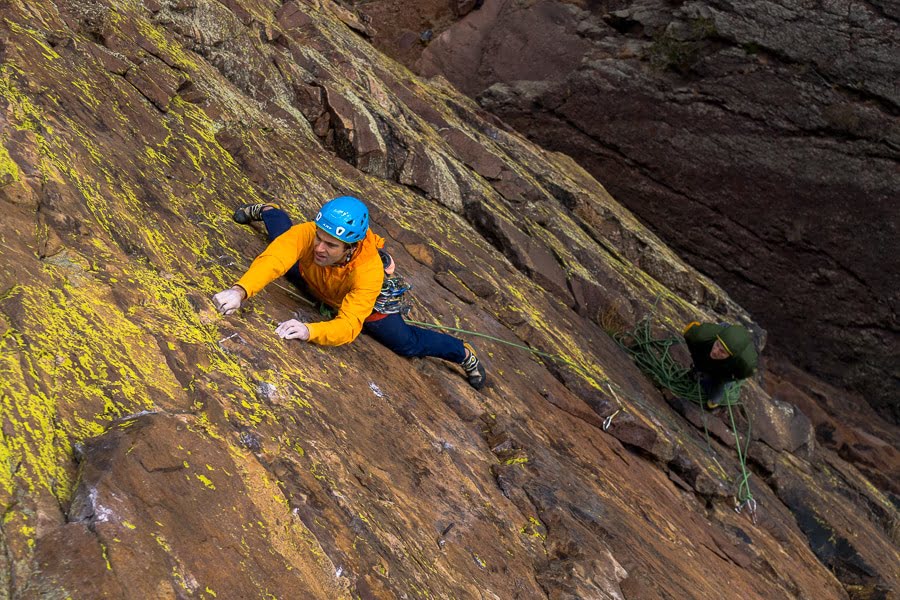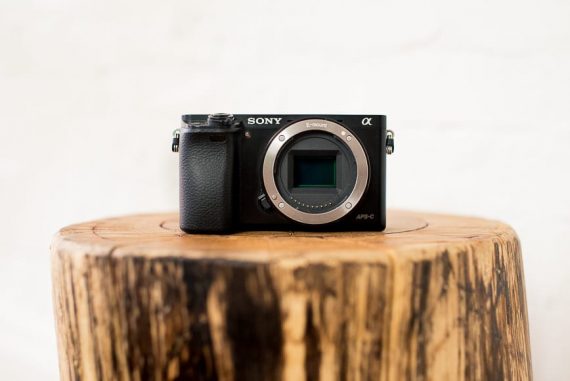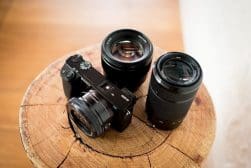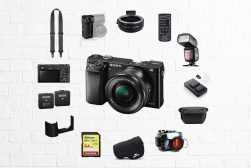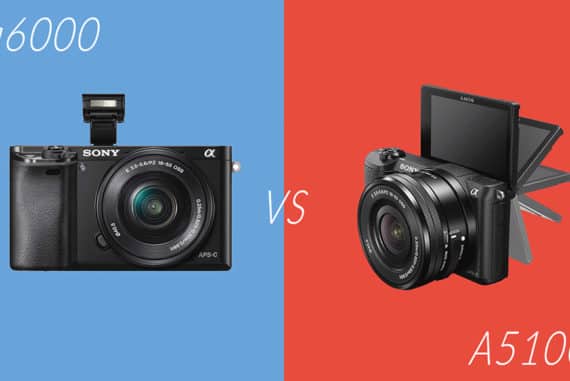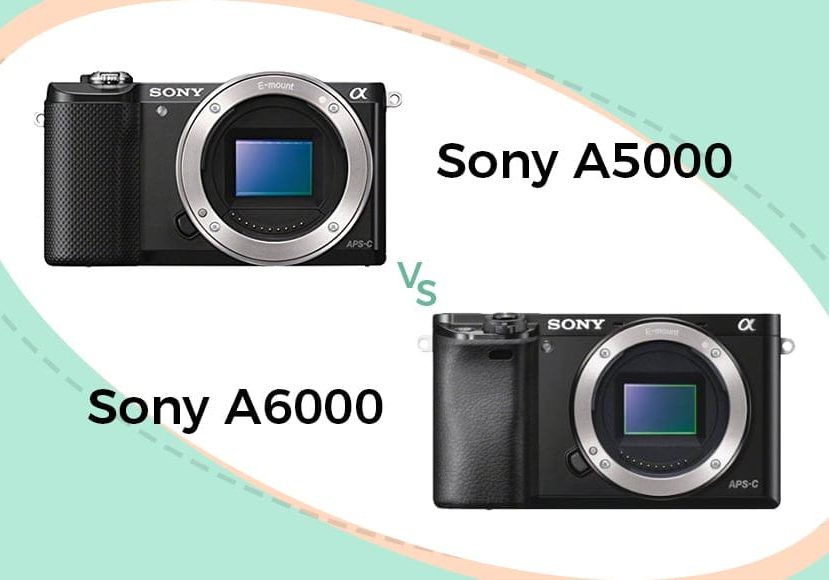
Sony a5000 vs a6000 – What’s the big difference?
Choosing between the Sony a5000 vs a6000? This guide is here to help! Find out the pros and cons of each and which is best for your needs.
This Sony a5000 vs Sony a6000 guide is designed to help you choose between these two mirrorless camera bodies.
While neither the a5000 nor the a6000 are the newest cameras on the market, they both offer some impressive features for an even more remarkable price.
Now, both these bodies skew toward the “entry-level” category in Sony’s mirrorless camera lineup, but don’t let that fool you; the a6000, in particular, is a very comprehensive camera, offering plenty of customization and capable of taking consistently stunning photos.
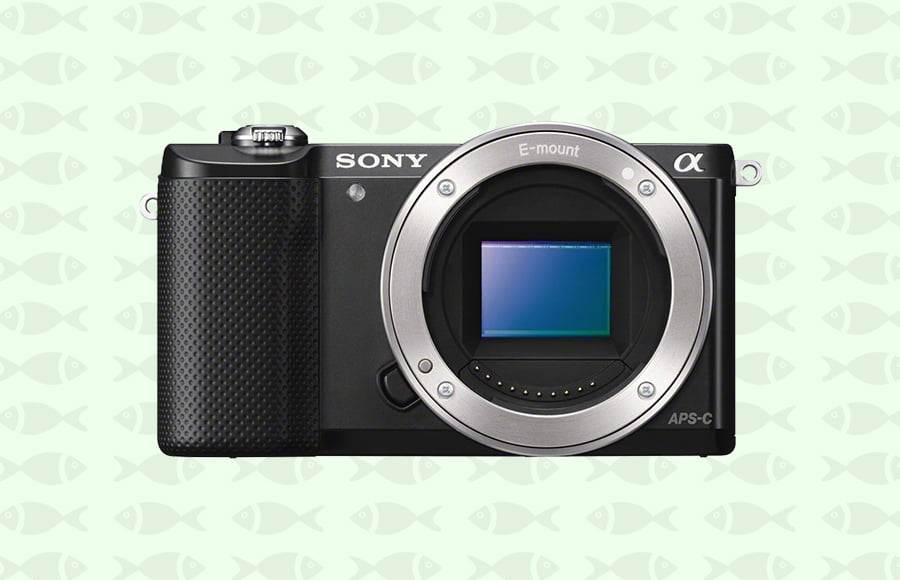
Excellent autofocus and burst mode capabilities, combined with great image quality in a compact body. Incredible value for money.
And though the a5000 can’t really match the a6000 in terms of features, it does provide surprisingly good image quality in a very compact package, making it a potential choice for photographers looking to grab their first interchangeable lens camera.
To find out more about these two cameras, who they’re for, and how they match up, read on!
Sony a5000 vs Sony a6000 | Key Differences (incl. Image Quality)
1. Size & Weight
The Sony alpha a5000 and the Sony alpha a6000 are both impressively compact cameras. You can use either one for travel or walkaround photography, though the a5000 does have a slight edge.
Without a lens, the a5000 is just 269 g (0.59 lb), compared to 344 g for the a6000. Both of these weights are on the low end, but you are less likely to notice the weight of the a5000 when travelling or when taking a camera on hikes, backpacking trips, and more.
In terms of dimensions, the story is similar: 120 x 67 x 45mm on the a6000, 110 x 63 x 36mm on the a5000.
While the heights are nearly identical, the a5000 is 10mm shorter, and also offers a slimmer front grip.
(This latter difference causes other issues for a5000 users, however, which I’ll discuss later on in the article.)
One thing to note: While both of these cameras are remarkably light, Sony’s lenses don’t really follow this trend. Both of these cameras work with Sony’s E-mount lenses, including both E and FE options.
So while you can cut down on weight by using an a5000, you may still end up with a reasonably hefty package. In this Sony a6000 vs a5000 side-by-side, the Sony a5000 wins.
2. Rear LCD & EVF
One of the key differences between these two bodies is the a5000’s lack of an electronic viewfinder. (See also a5000 vs a5100.)
If you’re coming from a point-and-shoot camera or a smartphone, then this isn’t going to be such a big deal to you; you can use the LCD to compose and will be familiar with the struggles of working in bright light.
But if you’re a DSLR shooter looking for your first mirrorless body, or even a non-Sony mirrorless shooter switching to Sony and used to the benefits of an EVF, then this is going to be a big problem.
DSLRs offer crystal clear optical viewfinders. And while not all EVFs are high-quality, they’re all pretty darn useful as an exposure, composition, and focusing aid, especially when working in bright sunlight.
Personally, I’d struggle to accept a mirrorless body without a viewfinder. It’s just too limiting – which is why the a6000’s EVF is a significant point in its favor.
By the way, the EVF screen resolution on the a6000 isn’t high quality, but it’s not bad. You get a 1.440K-dot OLED screen, plus 0.70x magnification, for a decent shooting experience.
As for rear LCDs, the Sony a5000 and a6000’s are both three inches, but the a6000’s screen offers more resolution.

Rear LCD on the Sony a6000.
The a6000 gives you 921K dots, versus 461K dots on the a5000. This is going to make for easier focusing (especially manual focusing) and is just a generally useful spec to have when shooting with the a6000.
Unfortunately, neither camera includes touch screen technology, though both LCDs can tilt (and the a5000’s LCD can flip up completely, a useful feature for vloggers and self-portrait shots).
But, in this part of the Sony Alpha 5000 vs Sony Alpha 6000 specs comparison, the Sony a6000 takes the cake.
3. Build & Handling
As lower-end bodies in the Sony mirrorless lineup, neither the a6000 (review) nor the a5000 offer especially impressive build quality.
Both feel decently solid, but their bodies lack weather sealing, and I wouldn’t want to take either of these cameras into adverse conditions.
In terms of handling, both models are quite small, making things tougher for photographers with large hands (and potentially uncomfortable for small-handed photographers, as well).
I’m not a huge fan of either design; the bodies are just too small to make for a great experience when spending hours in the field.
That said, the a5000 has a smaller grip of the two, which is one of the reasons why I prefer the ergonomics on the a6000. This makes a big difference depending on what lens you attach to the a6000.
You also get additional buttons and dials on the a6000, whereas the a5000 feels much more like a simple point-and-shoot body in this respect.
For some photographers, the simpler interface isn’t a bad thing. It all depends on what you’re looking for: A more advanced, tactile shooting experience? Or an easier, point-and-shoot type scenario with fewer controls to distract?
You do get a pop-up flash on both cameras, but only the a6000 packs a hot shoe. This means that you cannot attach an external flash to the a5000 – so if you’re planning to do flash portrait photography, you’re going to want to pick the a6000.
One last thing:
The a5000 does offer better battery life than the a6000. You get 360 shots out of the Sony a6000 battery when using the rear LCD (and 310 when using the EVF), compared to 420 shots on the a5000.
This isn’t a huge difference, but it may be enough to save you from buying a second (or third) battery for the a5000, depending on your shooting style.
4. Autofocus
Sony’s autofocus technology has advanced substantially since the release of both these bodies, yet somehow the a6000 still manages to offer a remarkably impressive AF performance.
It’s fast, it’s accurate, and tracking is good. If you’re a portrait, casual, or even street shooter, it’ll serve you well thanks to 179 phase-detection and 25 contrast detection auto focus points added to the APS-C sensor.

a6000 + 55-210mm f/4.5-6.3 | 1/320 at f/6.3 ISO 2500
The a6000’s autofocus does start to struggle in low light, so frequent nighttime or indoor shooters are going to want to keep this in mind.
Unfortunately, as good as the a6000’s autofocus is, the same cannot be said about the a5000. It offers 25 contrast detection focus points and no phase detection points, period, and while this AF system isn’t bad, it just can’t match the a6000.
In practice, the 25 autofocus points make for slower focusing, and an especially underwhelming performance in low light – an area where the a5000 really struggles.
Frankly, neither of these bodies is going to be great for someone looking to do frequent action photography. But the a6000 is a good way to get started with street photography, given the fast autofocus (plus you get another standout feature, as discussed in the next section!).
5. Drive
When it comes to continuous shooting speeds, there’s no competition between these two cameras – the Sony a6000 wins without question.
You get a blazing-fast 11 fps on the a6000, which is not only quick for a lower-level camera, it’s fast for a camera, period. Even more expensive options from other manufacturers struggle to come close to these speeds.
In other words, the a6000 offers a formidable combination of AF and continuous shooting speeds, suitable for some occasional action shooting. Serious sports shooters, however, will be frustrated by the buffer on the a6000: just 22 RAW images (or 47 JPEGs), which means you can only fire off a few seconds of RAW shots before the camera freezes up.
On the other hand, this is still head and shoulders above the a5000, which only offers 2.5 fps when shooting in RAW (and this only lifts to around 3.5 fps when shooting JPEGs). The buffer is equally disappointing: You can capture only 9 RAW images or 15 JPEGs before you reach capacity. In this Sony Alpha a5000 vs a6000 face-off, the Sony a6000 is the clear winner.
6. Image Quality
When the a6000 and the a5000 debuted a half-dozen years back, they both offered impressive APS-C image quality. And despite gains in APS-C sensor technology, they’re still decent, and decently alike; neither really outpaces the other, though I might give the a6000 a very slight edge in terms of high-ISO performance.
First, note that both cameras can shoot in RAW or JPEG. I’d recommend shooting in RAW, even if you’re not sure that “serious” photography is your thing, but for those of you who prefer to avoid processing your images entirely, the JPEG options are there.
As for color depth, the Sony a6000 offers 24.1 vs 23.8 of the Sony a5000 – whether you’ll notice any difference here though, is arguable.
Images look good on both bodies. Noise is well-controlled at lower ISOs, with some noise becoming noticeable around ISO 800, and images are unusable by ISO 6400 or so. If you’re a low light shooter, and you can get over the low light AF issues, then either one of these cameras will serve you well – the ISO range runs from ISO 100 – 25600.
Low light ISO performance isn’t amazing in either camera, due mostly to the limitations of the APS-C sensor, but light sensitivity is adequate for mirrorless cameras in this price bracket.
There’s no external flash shoe on the Sony a5000, but there is one on the Sony a6000 – using a flash will obviously mean the light sensitivity issues of the APS-C sensor aren’t as relevant.
You do get a few extra megapixels on the a6000 (24 MP versus 20 MP resolution on the a5000), but this isn’t going to make much of a difference, and either resolution is going to be enough for all but the most demanding of photographers.
In terms of dynamic range, these two bodies are pretty equivalent. You’re going to get around 13 stops of DR, which is a very respectable performance, though Sony’s more recent cameras do manage to top this by a substantial amount – head over to DXO for sensor scores of both cameras.
7. Video
When it comes to video performance, the a6000 is the definite winner (with the a5000 in the ‘nearly obsolete’ category).
Neither body offers 4K, but you get 1080p up to 60 fps on the Sony a6000. Unfortunately, there’s no mic jack or headphone port, but for the price, what you get is far from bad.
Plus, note that the a6000 does offer strong video AF, so that you can do some decent autofocusing as you shoot.
The a5000, on the other hand, just doesn’t have much worth talking about. No mic ports, no headphone ports, and it only offers 60i shooting at 1080p (as well as 24p). Max video resolution is 1920 x 1080 in both cameras.
So, if you’re looking for video capabilities, then the Sony alpha a6000 is the way to go.
It’s also worth mentioning that neither camera has image stabilization – a feature that’ll be sorely missed if you intend to handhold with no stabilizing gimbal.
8. Price
These days, you’ll have a hard time finding the Sony a5000 new, though you can find it for some impressively low prices if you’re willing to buy used.
You’re looking at around US$200-$250, without a kit lens. If you want the 16-50mm kit lens, you’ll need to pay a little extra – though the lens is a poor performer, and you’ll probably be better off purchasing a lens of your own.
The Sony a6000 can be grabbed new for around US$550 (or US$650 with the kit lens). You can also get the a6000 used for $300 or thereabouts.
Honestly, both of these cameras offer unbeatably low prices, and I’d consider both to be a bargain. I do think that, for the $50 or so extra used dollars, I’d grab the a6000.
But if the a5000’s simpler interface, small size, and flip-up screen appeals to you, then by all means, go in that direction and save a few pennies in the process!
Sony a5000 vs Sony a6000 | Final Words
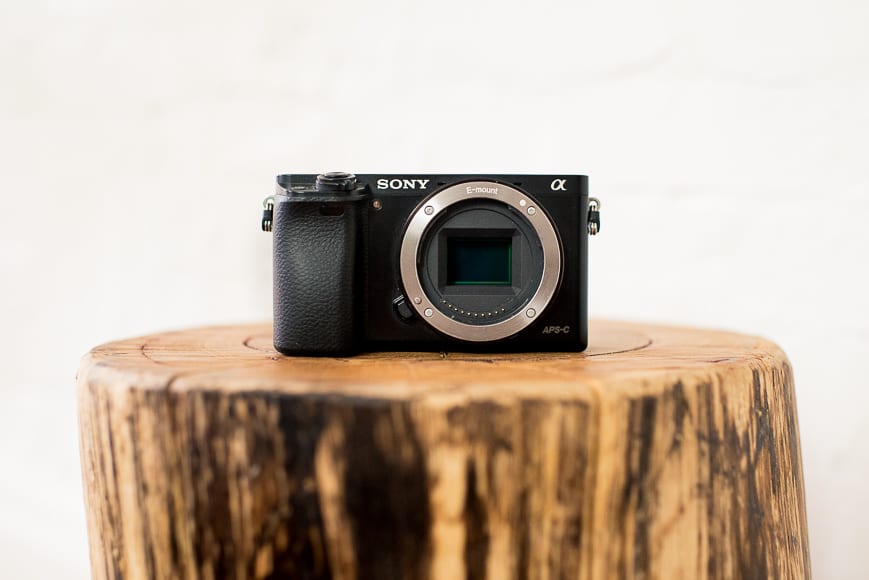
The Sony a6000.
At first glance, the Sony a5000 and Sony a6000 seem like similar cameras.
But a closer look will show you that nothing could be further from the truth.
The Sony a6000 may be a compact, lower-level APS-C body, but it offers features that go head-to-head with far more expensive camera bodies, such as fast AF, 11 fps continuous shooting, and good image quality on its 24 MP APS-C sensor.
The Sony a5000, on the other hand, really is more of an entry-level body and one that’s somewhat aged. The resolution is decent, with an APS-C sensor size of 20 MP, and image quality is competitive, but the AF doesn’t really cut it.
Plus the shooting speeds, the lack of a hot shoe, and the lack of an EVF makes it a non-option for more serious photographers.
If you’re coming from a smartphone or a point-and-shoot camera, and all you really want is a small, low-priced body that can take some decent images, then the a5000 is a good buy.
But for everyone else, the a6000 is going to be the better option, given its combination of autofocus proficiency, continuous shooting speed, decent ergonomics, and more.

Impressive autofocus and burst mode capabilities, combined with great image quality in a compact body. Excellent value for money.





